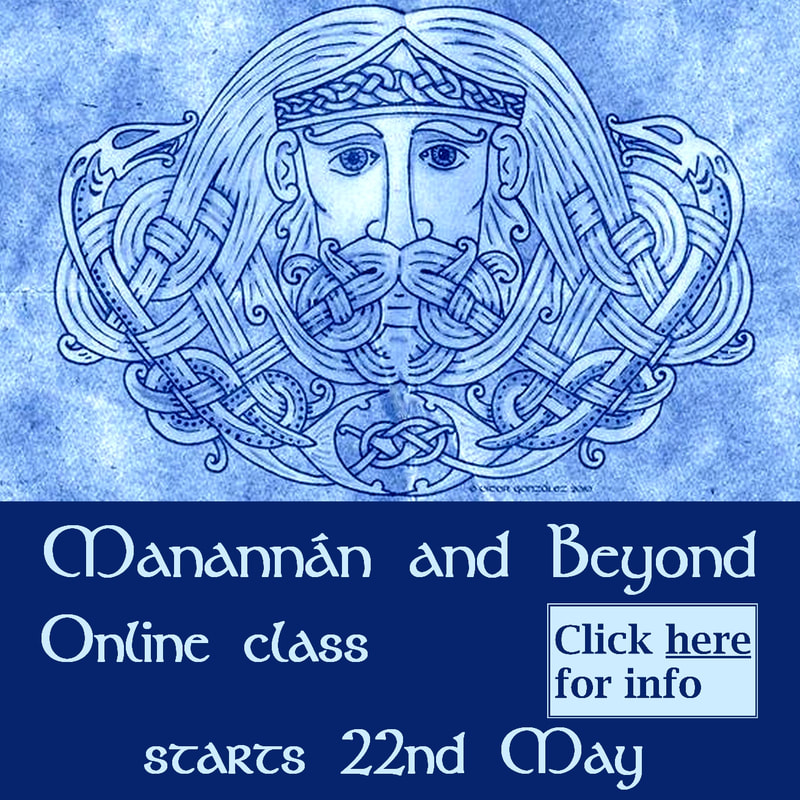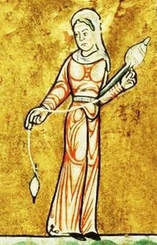
Because I have been around mythology all my life, I sometimes forget that the first thing people think of when they hear the word myth, is probably the phrase, “That’s just a myth.” In other words, they think of a myth as something like an old wives’ tale or fake news. On the other hand, I think of something like this: Stories people have believed for many generations, which cannot be fully confirmed, usually concerning their own origins, culture and gods. These stories have a fairly high degree of stability over time. That’s a pretty standard definition of mythology. There are some important nuances, like the difference between folklore and mythology (they’re not exactly the same thing, but can overlap), or that an “urban myths” should probably be called “urban folklore”, but we’ll save that for another time!
For the purposes of Celtic Pagans, our mythology would include things like the Welsh Mabinogi and the Irish Battles of Magh Tuireadh. These are stories about gods and goddesses, and the ancestors of the Irish and Britons. They are not historically accurate, and they don’t tell us exactly what Celts anywhere believed about their gods at any given time. So, what are they? Are they just very old short stories? Maybe this will help …
This post is an early version of a story I later published in a chapbook called Mythology. You can purchase it, and other chapbooks here on the website, or receive a new chapbook every three months by becoming a patron at the $7 per month level on Patreon.
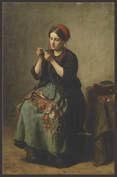
Once upon a time, when there were only a few people, and every person was therefore precious to those who knew them, your grandmother’s hundred-times-back-great-grandmother made a shawl. She spun it and wove it with wool from her own sheep, and she lovingly embroidered little pictures all over it, which reminded her of her relatives. A type of flower her mother liked, a black bull of the sort her grandfather raised, a trumpet like the one her brother blew in battle, and a little girl’s dress that her own baby daughter would have worn if she’d lived. Not just these four pictures, but many more.
When she handed this shawl down to another daughter, she explained the meaning of each picture. The shawl was passed on in this way for several generations of women, until one girl, who also loved to sew, decided to add some new pictures about her relatives. On and on the shawl went from mother to daughter. If a woman died before she got a chance to explain the meanings of the pictures, an aunt or grandmother did her best. As the generations fanned out, cousins also wanted to remember the shawl so someone made a song about it.
Then a famine came, and because people were hungry there was a war. Everyone’s life was in turmoil. A grandmother had the sense to pack the shawl away carefully, but in the chaos, no one knew where she put it. Much later it was found, lovingly wrapped, but people had forgotten what it was, so it was put in a trunk. Still, a few families here and there had an old bedtime song about the story shawl. It began:
| A flower, a bull, a trumpet What was upon the shawl? Our daughters shall remember Their mothers and grannies all. |
One day, Grandma was visiting, and she went out back to sit in the sun. She saw this old piece of needlework and began to really look at it. Wasn’t that an old battle trumpet? And a black bull? She began to sing scraps of the bedtime song over to herself, and she remembered a few old lines that seemed to fit with some of the other pictures she could still make out.
She folded the shawl up and took it around the village, showing it to the oldest women she knew. One said someone must have made it in their mother’s time, perhaps for a child who liked the bedtime song. Others spread it out on their kitchen tables, and wrinkled their brows, and tried to reach back into their memories for something they couldn’t quite touch.
A noblewoman who came to the house to buy butter got sight of the shawl, where the old women were looking it over. She said she thought it was ancient and VERY IMPORTANT. Granny handed it over in lieu of five years’ rent.
The lady took it back to her house, and she and her waiting women got to work making as exact a copy as they could. When they came to missing bits, or pictures they couldn’t make sense of, they just put in something that would look nice and enhance the overall piece. Then they put it in a glass case in the library. Once a year during the village festival, the local children were all paraded past it and told, “That’s your heritage. Now get back to your sums and your Latin verbs and stop acting like peasants.”
When the noblewoman died, and her grandchildren decided to downsize, the old shawl went out with the boxes of junk. The shawl in the glass case went to a museum where it began to generate a great deal of interest. Young women began to bring their children to see it. They would sing them snatches of the bedtime song, and as they looked at the shawl, they seemed to remember more verses than they thought they knew. Their children gazed not at the shawl, but at their singing mothers, with great, round, wondering eyes. Old women came and pressed their hands and faces against the glass and wept, but no one could tell whether it was for joy or sadness – not even the old women themselves. Such was the power of the picture shawl.
No one knows what became of the old shawl. Some say it never actually existed, and that people just get hysterical over the slightest thing these days. Other people say it was witchcraft, and that somehow the old shawl was made new again. Some people have started a new custom of singing the bedtime song (all fourteen verses) with their children, as they dance around their Midsummer fires. And on winter evenings, women in houses throughout the land can be seen embroidering shawls and humming, while their men wash the supper dishes.
Wait! What just happened?
This little story is intended to show how something may be handed down for a very long time, and although parts of it are lost, and other parts misunderstood, that which survives still has tremendous value and meaning. Like mythology, the shawl carried information and connection to the ancestors, but ultimately it awoke that connection within the people themselves. While the shawl in the story was only concerned with cultural and ancestral meaning, the myths have a third function for us as Pagans. They connect us to the gods. Their stories may have become a little fragmented here and confused there, yet the gods still underpin the myths. We can still listen for the old song that’s buried deep, and allow ourselves to sing the new song that arises,
If you enjoyed this post, you might also like Once upon a time, deep in the forest ...

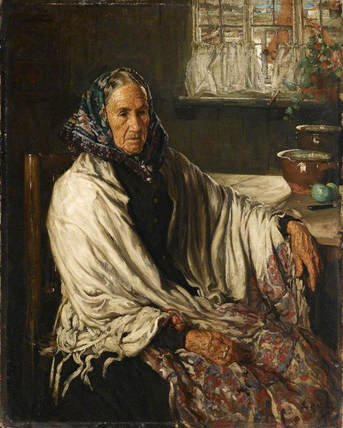
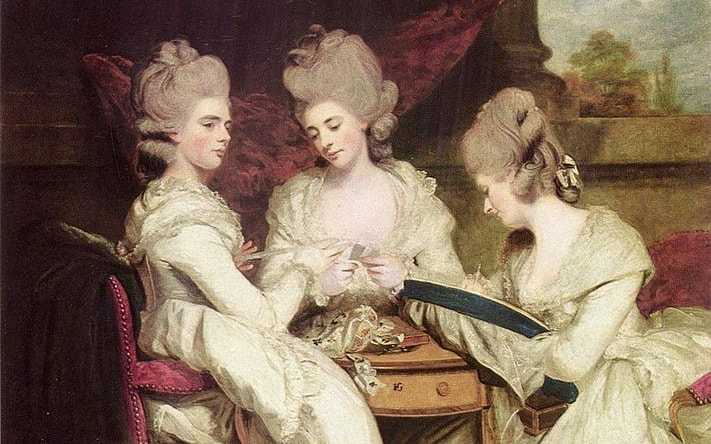
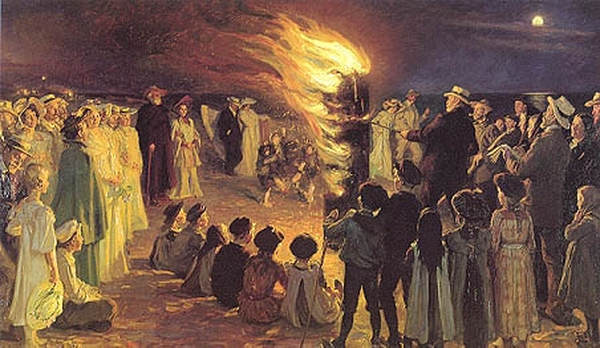
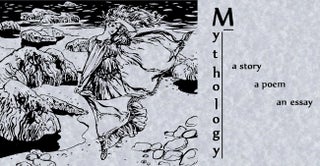
 RSS Feed
RSS Feed



